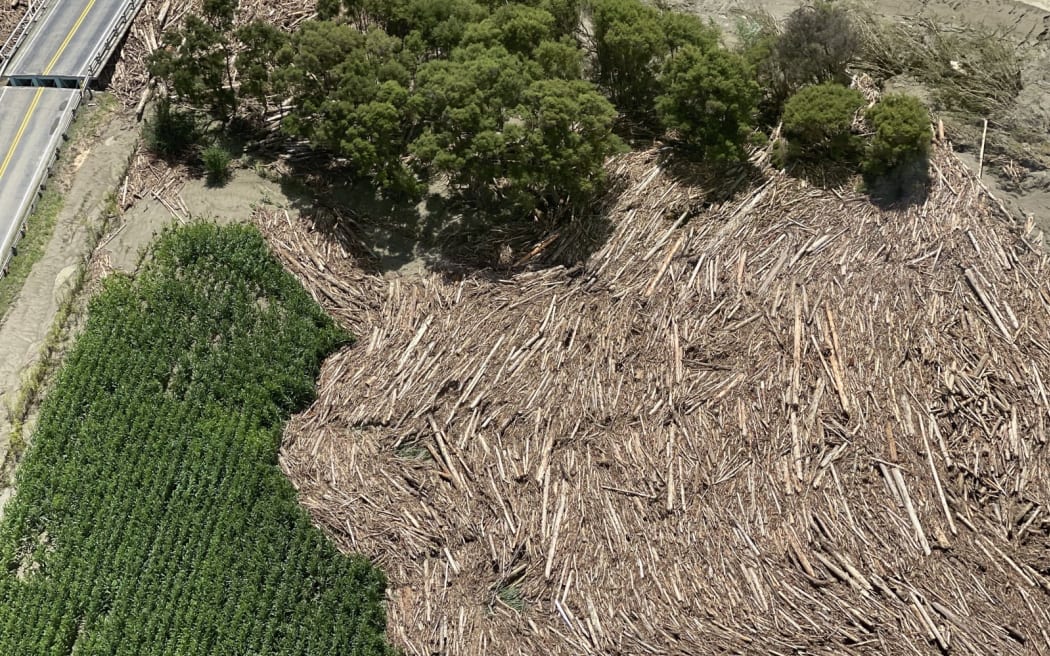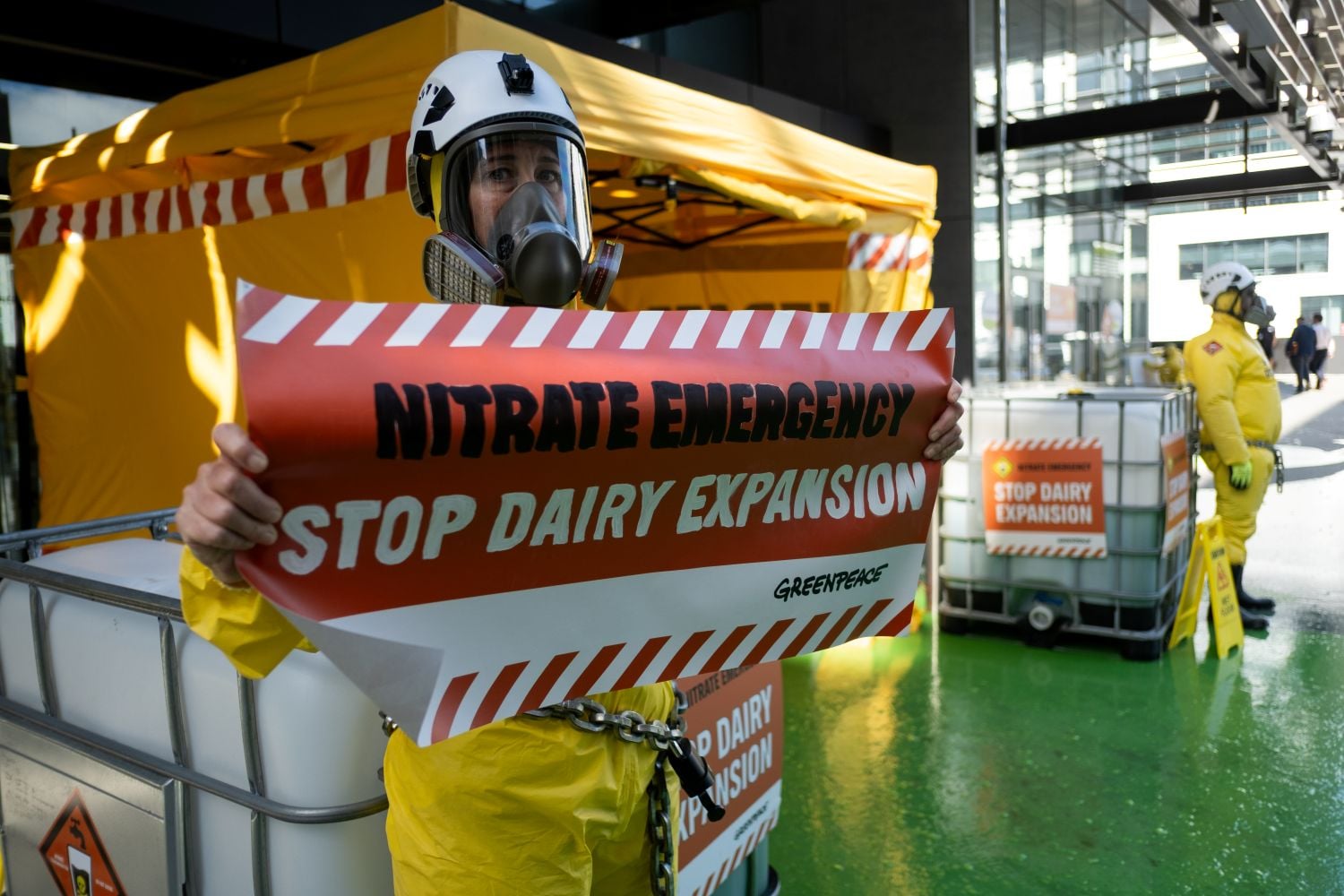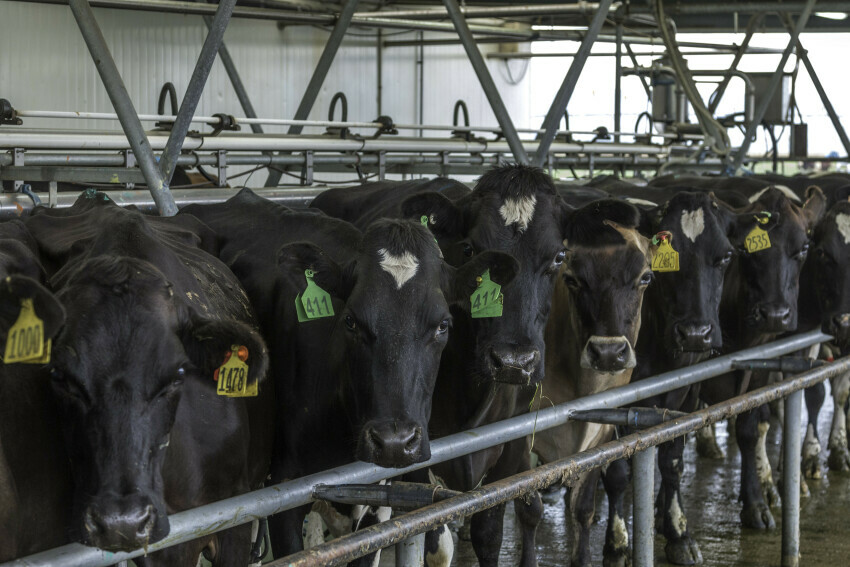Jacinda Ardern once told the United Nations that “We are determined to show that we can be the most sustainable food producers in the world.” But, when she made that promise in 2019, that title was already taken, and is still firmly held by a state in northeast India, called Sikkim.
Every single one of Sikkim’s 66,000 farms is organic, free from agrichemicals and synthetic fertilisers, which are banned. The Sikkim Government is the first government in the world to achieve its vision of 100% certified organic farmland state-wide.
As we grapple with the climate, water and biodiversity crises, learning from Sikkim’s success has never been more important. Sikkim is proof that with concerted effort, it’s possible to ditch industrial agriculture and its destructive addiction to agrichemicals and synthetic fertilisers, and shift to regenerative organic farming, which works with nature rather than against it.
How did all 66,000 farms in Sikkim manage to go 100% organic?
It wasn’t something that happened overnight. It didn’t happen because Sikkim’s shoppers suddenly decided to buy organic food or because its farmers woke up one day and decided to switch to organic with no support. It happened because the Sikkim Government used policies, public investment and a transition plan to make it happen.
The head of the Sikkim Government, Pawan Chamling, announced his vision for Sikkim to be the world’s first organic state in 2003, and it wasn’t just greenwash. Chamling and his government backed up these words with action. They mandated the phase-out of agrichemicals, and implemented it gradually, but firmly. The phase-out was supported by the state’s organic road map, a fully funded and concrete transition plan detailing all the actions the Government would take to help farmers wean off pesticides and synthetic fertilisers.
The Government was so committed to this plan that it achieved its vision in just a little more than a decade and a year earlier than planned. In 2014, the sale and use of all agrichemicals became illegal in Sikkim.
Sikkim Government’s organic roadmap
There were too many actions in the government’s organic roadmap to list them all, but here are a few to give you an idea.
At the beginning of the transition, the government was still subsidising agrichemicals. It started reducing these subsidies by 10% each year. Then it began slowly restricting the import of agrichemicals and gradually closing down the outlets selling them.
At the same time, the Government invested in training farmers in organic farming. They sent experts onto farms. They converted two state-owned farms into ‘Organic Centres of Excellence’ with educational facilities to train farmers, as well as undertake organic farming research trials. They included organic farming in the school curricula and set up a National Organic Farming Research Institute.
But it was far more than education alone that got Sikkim’s farmers off agrichemicals. The government invested in infrastructure too. It put money into building composting facilities across the state to supply farmers with compost and organic fertiliser. It helped supply quality organic seeds by strengthening laboratory testing and processing facilities and establishing facilities for organic seedling production. It supported farmers in undertaking soil health tests and helped them adapt their techniques to build healthier soil.
This gradual but committed approach worked. It was recognised by the United Nations, which gave the Sikkim Government its ‘Future Policy Award’ in 2018.
In contrast, the Sri Lankan Government’s abrupt and short-lived ban on agrichemicals won’t be winning any awards. As a reaction to social and economic turmoil in 2021, it unexpectedly banned synthetic fertiliser and pesticides virtually overnight. Exacerbated by the covid pandemic and civil violence that crippled tourism, the economic turmoil was significantly driven by sweeping tax cuts in 2019 that the Government gave to the wealthy and their companies – and that were bankrupting the country. The Sri Lankan Government’s main motive for the fertiliser ban was to bolster dwindling foreign currency reserves by saving money on agrichemical imports. Ask any organic farmer and they’ll tell you it’s just not possible to convert to organic farming overnight. So unsurprisingly, Sri Lanka’s agrichemical ban didn’t work, and in only six months, the Government ditched it.
But for Sikkim where the ban is still in place eight years on, the transition to organic has brought huge benefits. Since going organic, Sikkim’s waterways are cleaner, and its people don’t have to worry about toxic agrichemicals affecting their health anymore. There has been a huge rise in tourism. The number of tourists increased by over 50 pecent between 2014 and 2017.
Other regions have followed suit: Bihar – the second most populous and resource-starved state has converted 30,000 hectares into organic farms in just three years. Similarly, last year 110 villages of one of the most deprived and conflict-prone districts of Chhattisgarh State passed resolutions to be declared as organic. Over years of collective work leaning on their traditional tribal wisdom, they have created the largest organic area in India, free of chemical inputs.
In the last five years, the extent of organic agriculture in Bihar has expanded from 4.5 million hectares to 9.1 million. Agriculture in the state of Andhra Pradesh has demonstrated a seventeen-fold increase in nature-friendly farming.
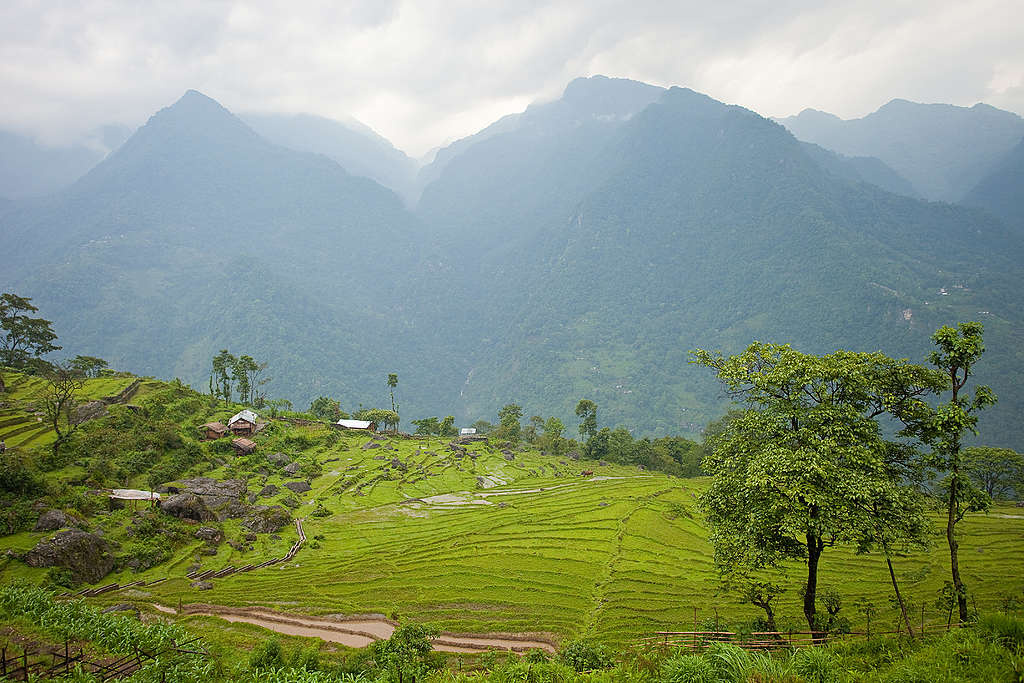
New Zealand has had far more resources at its disposal. However, despite Ardern’s promise that our agriculture sector would become “sustainable”, this government has been heavy on the greenwash and light on the action. Intensive dairying fuelled by synthetic nitrogen fertiliser is polluting waterways, making many rivers and lakes unsafe to swim in and contaminating drinking water with dangerous nitrates. Forests and wetlands, with their once abundant array of plants and wildlife, have been reduced to sterile and uniform paddocks, overstocked with too many dairy cows and blanketed in chemicals. The climate continues to heat, as the country’s 6.2 million dairy cows and ongoing use of synthetic nitrogen fertiliser pump out climate pollution unabated.
But it doesn’t have to be this way for New Zealand. The Sikkim Government has created the map to a regenerative organic farming future. All the New Zealand Government needs to do is follow it. Starting with a commitment to phase out synthetic nitrogen fertiliser.
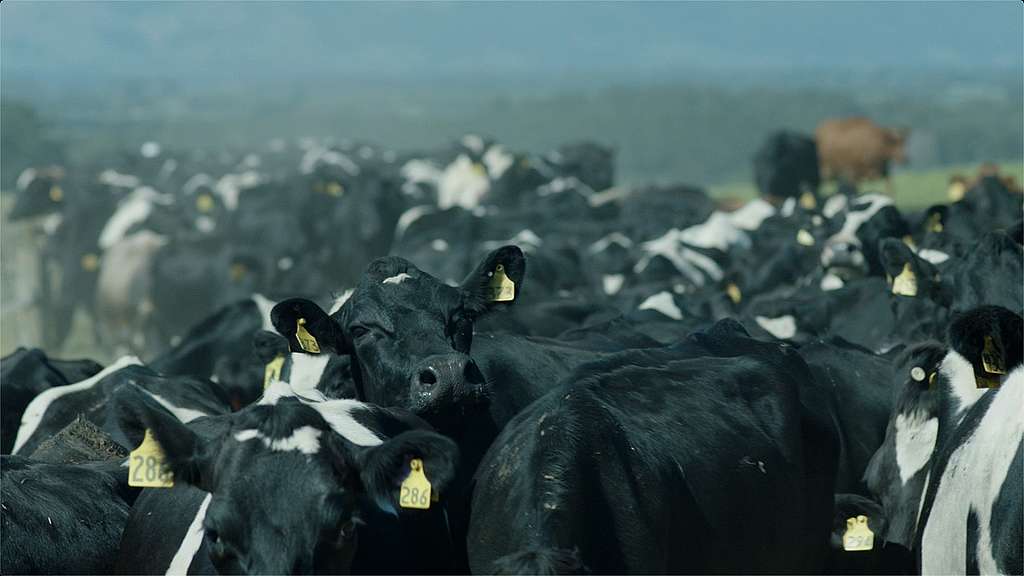
Sign on now to call on the New Zealand Govt to ban chemical nitrogen fertiliser.
Take Action

